Macerate your fruit...you'll be glad you did.
 Tuesday, October 18, 2011 at 9:07AM
Tuesday, October 18, 2011 at 9:07AM Ever wonder what it means when one of my recipes suggests you macerate your fruit? Well first of all, it depends on whether you're using fresh or dried fruit for your recipe.
When macerating fresh fruit, the easiest way to great results is to sprinkle sugar over prepared fresh fruit, give it a little stir to be sure each piece of fruit is covered with the sugar, then let it sit for awhile, preferably overnight. The sugar will pull the naturally-sweet juices from the fruit, and the fruit's juices plus the sugar will create a gorgeous syrup.
Fresh Rhubarb, Orange Zest & Fresh Ginger Root

If using dried fruit, you'll want to add some type of liquid, like fruit juice or water. The dried fruit will absorb the liquid, and in no time at all your dried fruit will plump up quite nicely. Don't add sugar yet...some dried fruit, like pineapple, has almost always been sweetened before you buy it.
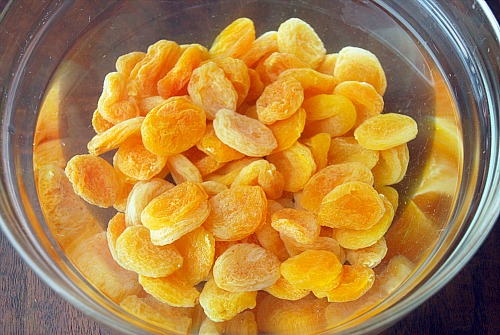 Dried Apricots in Water
Dried Apricots in Water
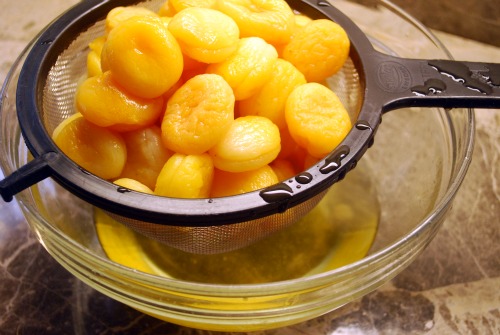 Dried Apricots After Soaking 24 Hours
Dried Apricots After Soaking 24 Hours
~~~~~~~~~
Get creative with maceration!
Add different types of sweeteners, like honey, agave nectar or maple syrup. Or add a vanilla bean.
Apricots Macerating With A Vanilla Bean

Add whole spices, like star anise.
Or fresh herbs, like basil or lemon verbena.
Fresh Lemon Verbena & Lemon Zest (and sugar) added to Italian Plums
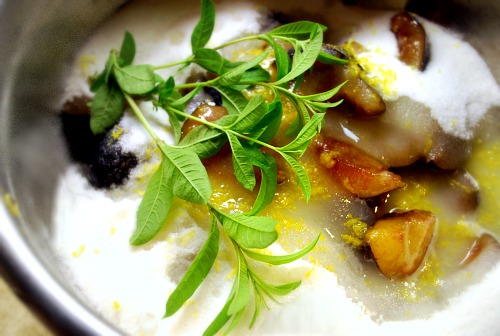
Pour a big ol' shot of good bourbon on your fresh peaches. The alcohol will cook out, leaving nothing but flavor.
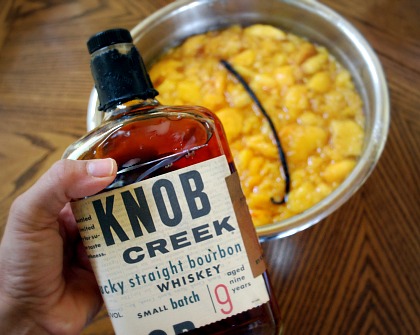
Or add some rosé wine into your ripe red raspberries. Again, the alcohol cooks out but the richness of the rosé remains.

Maybe add some dried currants, nuts or crystallized ginger.
Dried Apricot Conserve with Currants & Walnuts
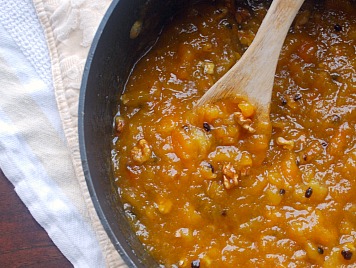
Zest a lemon, orange or lime before cutting it in half and adding its juice to the maceration mix.
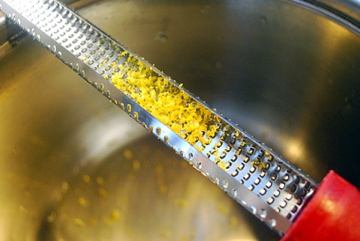
In the case of fresh fruit, maceration starts as soon as you add the sugar so even letting it sit for an hour or two helps to break down the fruit and extract the juices, but its best to let it sit overnight. Some people like the way the overnight process cuts their jam-making project in half, especially when they don't have the time nor the energy to do prep, cooking, and the filling & processing of the jars all the same day.
I have let fruit macerate for as little as 30 minutes, or as much as 3 or 4 days, a week or even 10 days, and if you come up with the right combination of ingredients, your results will be delicious either way. Different, but both delicious.
Note: Some people like to heat the sugar-fresh fruit mixture together long enough for the sugar to dissolve, then remove it from the heat and set it aside overnight so it can macerate even more. This works beautifully, but it's an added step that isn't always necessary. It's all up to you.




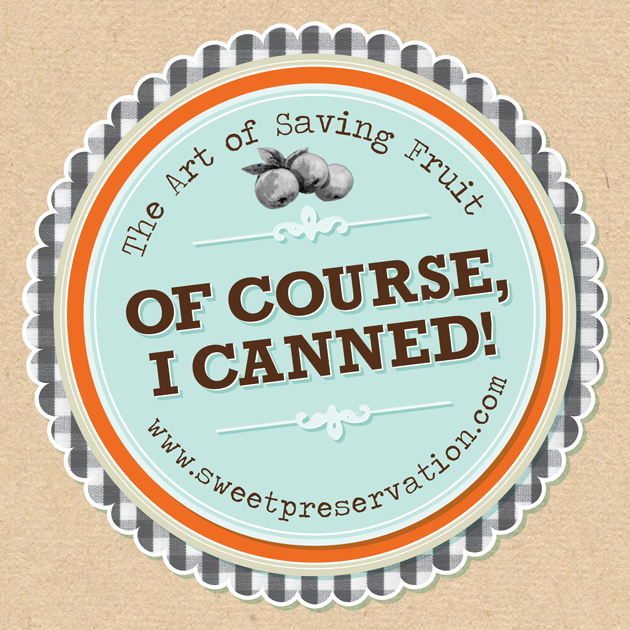




Reader Comments (2)
For as long as I can remember, when the strawberries are in season we always buy them fresh. My mom and grandma always cut/core them and sprinkle with sugar, then serve alone or over ice cream. Of course good with angelfood cake too. I carry on this tradition with my own family. LAst year when we had surplus berries, we ended up with plenty of syrup as well! I poured this syrup into a mason jar and have stored it in the fridge for at least a year! The sugar has formed big crystals in the jar! We always warm it up and swirl it around to get it mixed well when we use it. The kids LOVE this on their pancakes!! I never knew that what we were doing was called macerating. Thank you for this little lesson!
Tori,
It sounds like you've perfected the art of macerating fresh fruit. Love it that you save the extra syrup and use it on pancakes. Isn't it amazing how long this syrup will last? I think if you left it on your counter instead of putting it in the fridge you might have ended up with some sweet strawberry wine.
You're most welcome for this "little lesson".
I think I just learned one from you too.
Guess who's gonna' be making pancakes the next time she macerates strawberries? That sounds superb!
Have a wonderful day ~
Brook